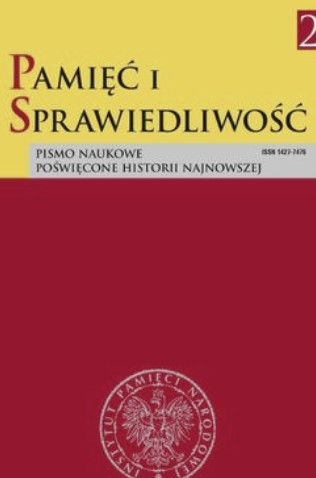The Communist Party of the United States of America since 1919
The Communist Party of the United States of America since 1919
Author(s): John RadzilowskiSubject(s): Political history, Government/Political systems, Political behavior, Interwar Period (1920 - 1939), WW II and following years (1940 - 1949), Post-War period (1950 - 1989), History of Communism
Published by: Instytut Pamięci Narodowej
Keywords: Communist Party of the United States of America (CPUSA); Earl Browder; anti-communism; Harvey Klehr; John Earl Haynes; Manhattan Project; espionage;
Summary/Abstract: The Communist Party of the United States of America (CPUSA) was the most influential communist party in the Western Hemisphere until the 1950s. Although it never had a mass membership, it gained the allegiance of many influential political and cultural figures. Its membership consisted of Anglo-Saxons as well as immigrants and children of immigrants from eastern and southern Europe. The CPUSA played a controversial role in American political history in the 1940s, 1950s, and 1960s when attempts by anti-communists to discredit the party as an arm of the Soviet Union backfired. Scholarship on the CPUSA is deeply divided as a result of these political controversies. Traditional scholarship emphasized the CPUSA as an indigenous development with limited ties to the Soviet Union. This school lauded the CPUSA for its apparent support of civil rights, unions, and racial equality. A revisionist approach emphasized the party’s ties to Moscow and viewed it as dedicated to supporting a foreign totalitarian regime. Since 1991, the release of many secret CPUSA documents has strongly supported the revisionist school, demonstrating that the party followed closely the political and operational directives of Soviet security services and was deeply involved in assisting Soviet espionage and acted as an agent of influence for the USSR.
Journal: Pamięć i Sprawiedliwość.
- Issue Year: 32/2018
- Issue No: 2
- Page Range: 15-26
- Page Count: 12
- Language: English

